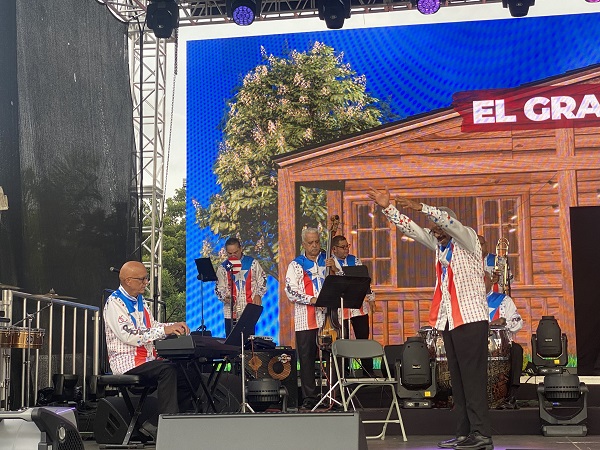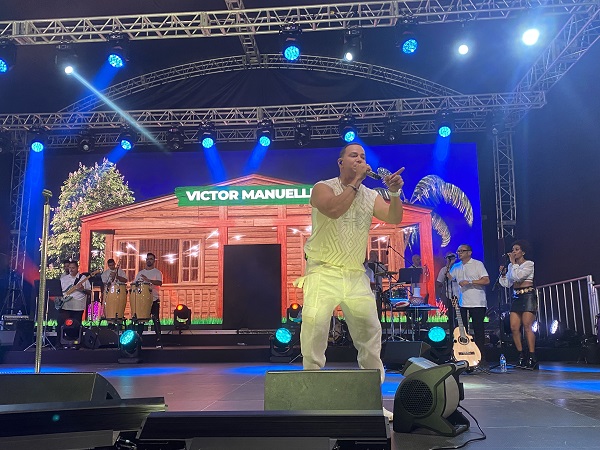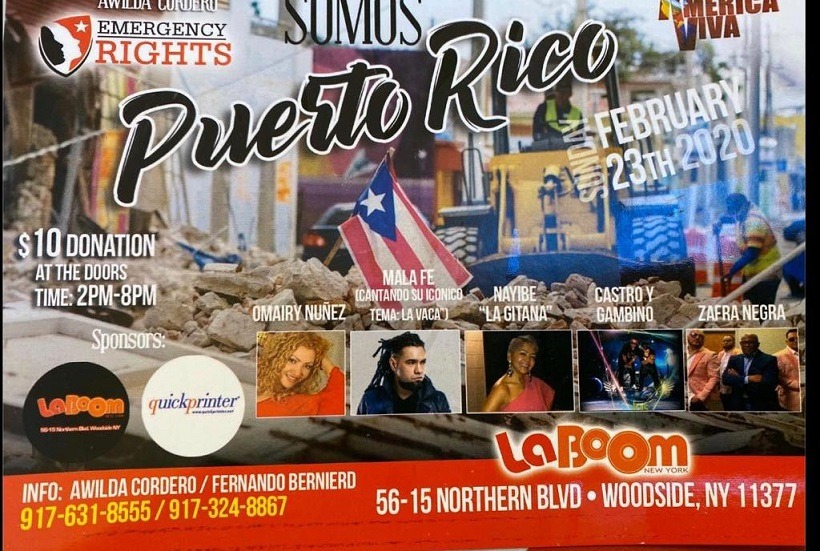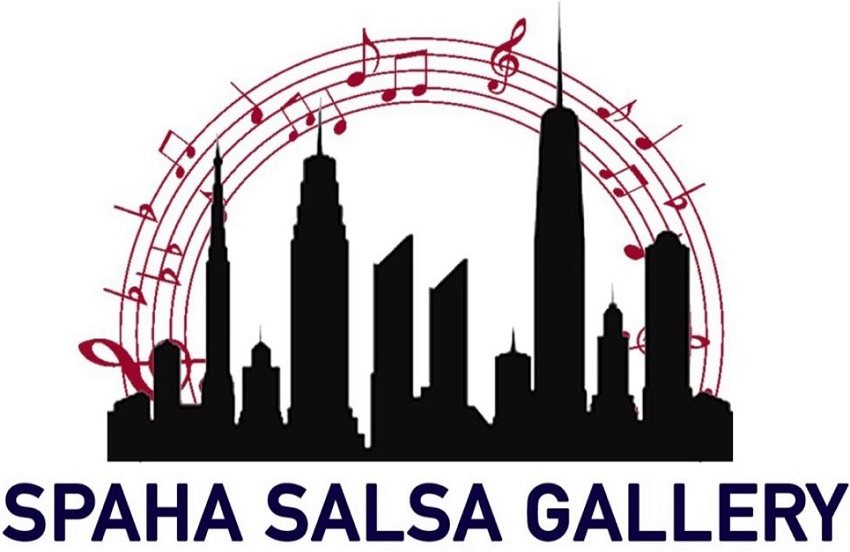December, the month where families and friends get together to give, share and have fun for most of the people worldwide for the arrival of the new year and Christmas, and therefore this month various events are held, whether they are activities. (trips, games, parties, musical events and / or dance) and in Mexico one of the most well-known and expected Congress and World Salsa, Bachata and Kizomba Championships in Latin America called Euroson Latino World Salsa Championship, which was founded in in 2009 and from that moment its reputation and popularity increased a lot and it is part of the various competitions that are held in America and many of them are the winners who classified in other competitions for what they are and will be very interesting competitions there.

From December 06 to 11, 2021, the Euroson Latino World Salsa Championship will be held, this being the 12th edition that has been held since the beginning, it will be held in Cancun, Mexico and the cost of tickets for the congress at this time are as follows ( Be careful, these prices will be available until September 1):
- The Full Pass has a cost of $ 120 USD includes world championship, international shows, concerts, Salsa & Bachata Social, foam party, Holly Color Party and workshops
- The Night Pass has a cost of $ 100 USD, where you can participate in the world championship, international shows, concerts, Salsa & Bachata Social, foam party and Holly Color Party.
There will be categories / championship:
| · Bachata Pro-Am Group | · Pair Salsa Infantil | · Pair Bachata Pro Cabaret |
| · Bachata – Amateur Group | · Pair Salsa Junior | · Paraje Bachata Pro Piso |
| · Bachata – Amateur Group | · Pair Salsa Grand Petite | · Pair Bachata Pro-Am Mujer Pro |
| · Bachata Alumnos Group | · Pair Salsa Pro On 2 y On 1 | · Pair Bachata Pro-Am Hombre Pro |
| · Pair Salsa Semi-Pro | · Pair Salsa Pro Cabaret | · Pair Bachata Amateur |
| · Pair Salsa Same Gender Femenino Open | · Pair Kizomba Fusion Open | · Pair Bachata Alumnos |
| · Pair Salsa Pro-Am / | · Pair chachacha open | · Duo Femenino Infantil |
| · Pair Salsa Over 65 Pro-Am | · Pair Bachata Semi-Pro Rising Star | · Bachata Masculino Pro Soloist |
| · Professional Bachata Femenino Soloist | · Solista Salsa Femenino Baby |

info
The Euroson Latino World Salsa Championship will be held in the beautiful Hotel Grand Oasis Cancun which has a great variety of things included among them, it has rooms of different kinds, consumption centers (restaurants, bars, snacks 24 hours), entertainment centers where all the activities are very close to all the fun and the best attractions in the hotel zone of Cancun; in Grand Oasis Cancun the ideal place where you can live a luxury vacation in front of one of the most beautiful beaches of this Caribbean destination, if you want to know more details of the hotel you can call them through +52 55 4170 9258 or search on google to find out what are the best accommodation offers.
They mention on their official website that “Remember that it is important to emphasize that those attending the Euroson Latino 2021 must be staying at the Hotel Grand Oasis Cancun, since by hotel policy the use of the facilities will not be allowed to outsiders” …
If you want to know more or contact them, you can do it by the following means:
- WebSite: https://www.eurosonlatino.com.mx/
- Facebook e Instagram: @eurosonlatino
- Youtube: https://www.youtube.com/user/Eurosonlatino
- Correo: [email protected]
- Telefono: +52 1 222 250 1558


























